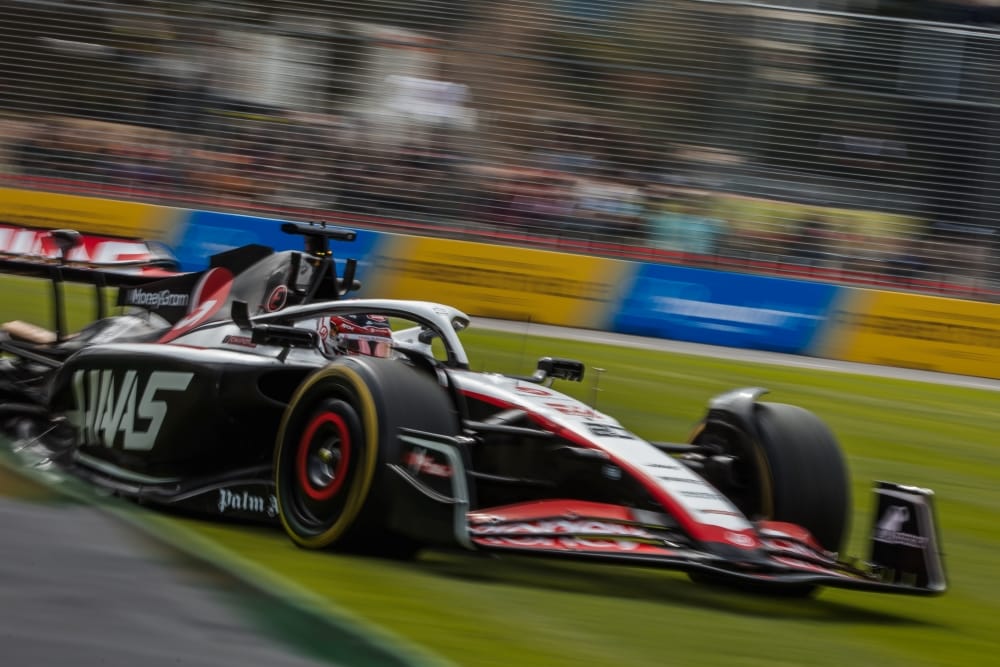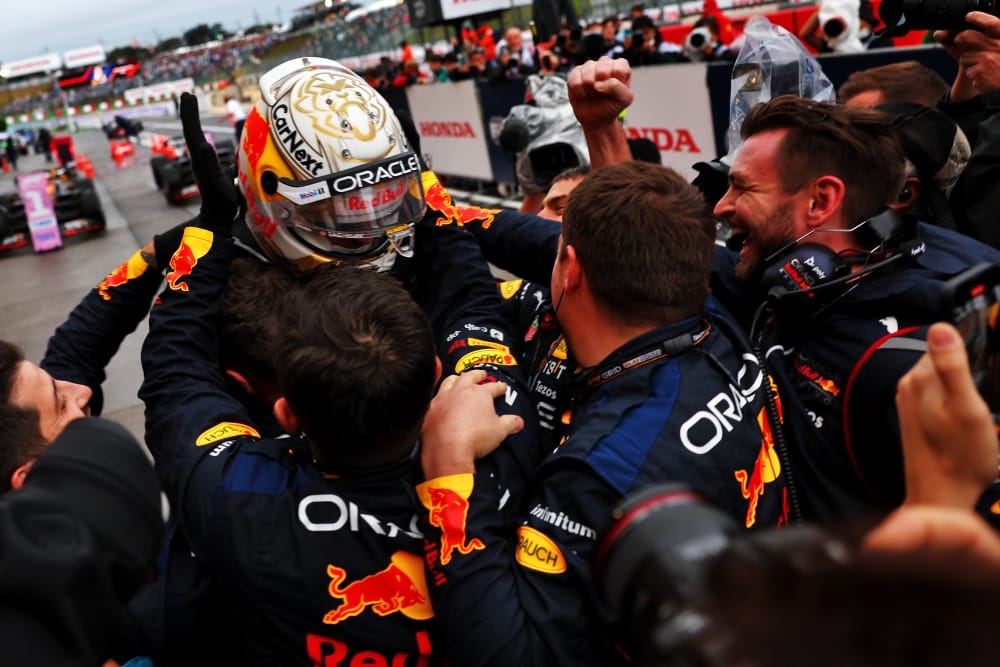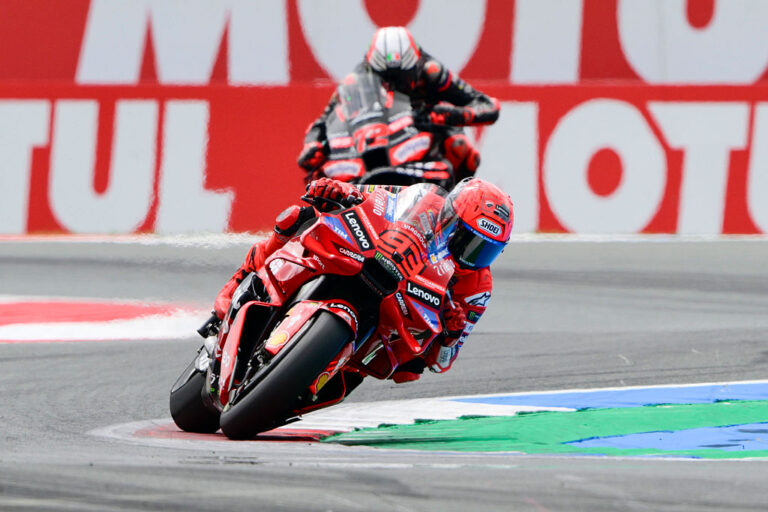The 2023 Australian Grand Prix was yet another instance of chaos reigning supreme in F1, with Kevin Magnussen’s late crash setting off a chain of events that meant it took a full hour to eventually complete the final seven laps. This included not one but two red flags, a standing restart that led to three separate Turn 1 crashes, and a final lap procession under the Safety Car that seemed entirely pointless.
With yet more confusion among the fans, and even F1’s teams, we have to ask – Just what are the FIA doing as a governing body, that breeds such chaos? *Intro*
Australia 2023 was a record-breaking race for a very startling reason – It was the first F1 race ever to have three red flags in it. Alex Albon’s early spin, dragging gravel out on the track was a debatable red flag at best, and with Kevin Magnussen’s Turn 2 crash only really being a minor incident, it’s the clearest indicator yet that the FIA are changing the reasoning behind using the flag. When 20-year F1 veteran Fernando Alonso can only shout “Whaaaat?” when the second Red Flag dropped, it kinda says it all.

A red flag is usually reserved for the most dangerous of on-track scenarios, but K-Mag’s crash saw it used in a more competitive, influential way – Neutralising the race so we could get a dramatic finale with a standing restart in a race that Max Verstappen was set to dominate. And when multiple cars were taken out with said restart, there was mass confusion about how to determine the running order, and a race result that Haas felt they had grounds to protest.
It’s the latest in a string of confusing officiating from the sport. Just one race prior in Jeddah, we had three different race results after there was disagreement on what was classed as “working” on a car when serving a time penalty. The “handshake” agreement between the stewards and teams fell apart quickly when Aston Martin lodged their right to review.
Go back a little further – The 2022 Japanese Grand Prix was a 3-hour marathon where no one from the teams, to the broadcasters, to the producers of the TV product knew just how many points were going to be handed out. Max Verstappen’s second championship was announced by Sky TV’s Johnny Herbert, seemingly by accident in a post-race interview.
Just one race later at COTA, Fernando Alonso’s car was successfully protested by Haas for being deemed “unsafe” after losing a wing mirror in the huge crash with future teammate Lance Stroll. Only for the result to be overturned again four days later when Alpine won an appeal.
It’s been four years since the tragic passing of Charlie Whiting, the much-loved race director who handled many a difficult scenario with deep knowledge of the rules and a common sense approach to delicately balance the sport’s many priorities. But since then, it’s hard to get a genuine grasp of how the rules should apply within F1. It’s easy to dunk on the Michael Masi era, but the ghosts of Abu Dhabi 2021, an era-defining moment in this sport, still loom large.

After Masi went rogue, there’s been a renewed culture within the FIA as a governing body to stick to the letter of the law more frequently, like with the non-controversy of “Jewellery-gate” and telling pit crews they can’t celebrate on the catch fence. But at the same time, they also seem to be trying harder than ever to make decisions based on enhancing the “Show”. Masi’s final season as Race Director in 2021 featured a 2-lap standing restart finish in Baku, brokering plea deals amongst teams during Red Flags in Saudi Arabia, and using Force Majeure in Belgium in what led to a four-hour farce of a Grand Prix.
There will always be subjective arguments and a difficult balancing act as Formula 1 veers between the desire for entertainment, and the need to protect the integrity of the sport itself.
Coming full circle here, if the Red Flag, the ultimate tool for safety, is being used to directly influence races, only for them to lead to standing restarts, one of the most dangerous elements of F1, at what point do we say the FIA as a governing body are manufacturing their own chaos?
But what do you think? Are the FIA using the red flags correctly, or making a mockery of F1’s sporting integrity? Let us know in the comments and be sure to Subscribe!



